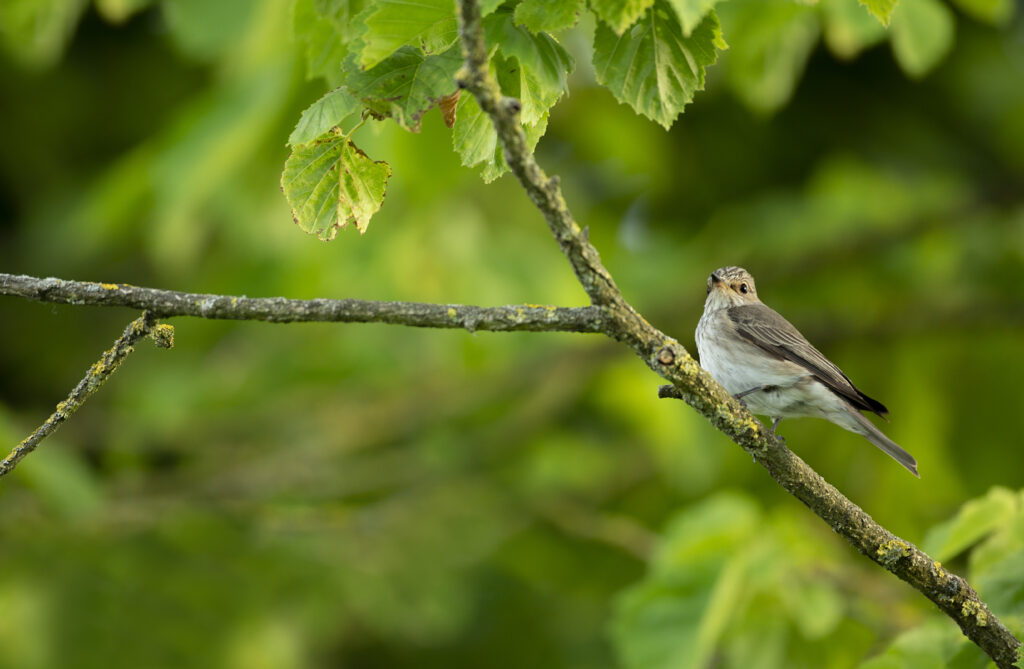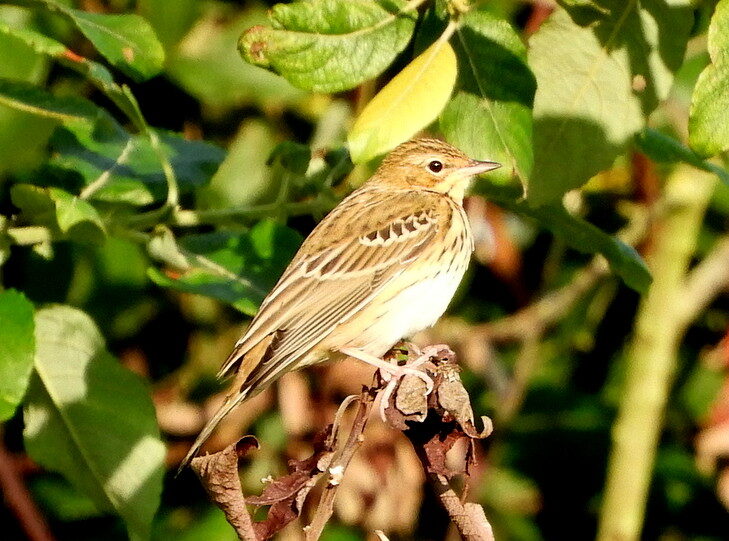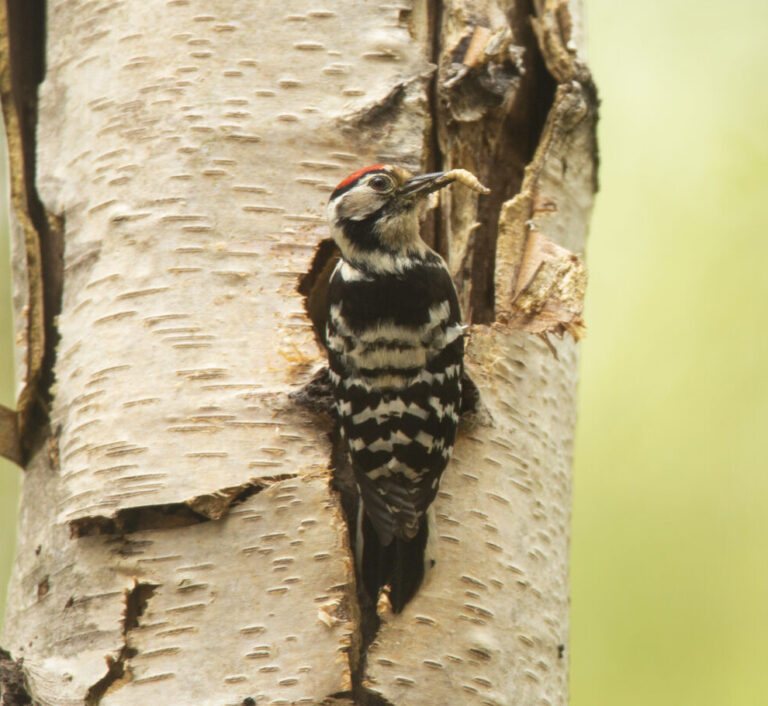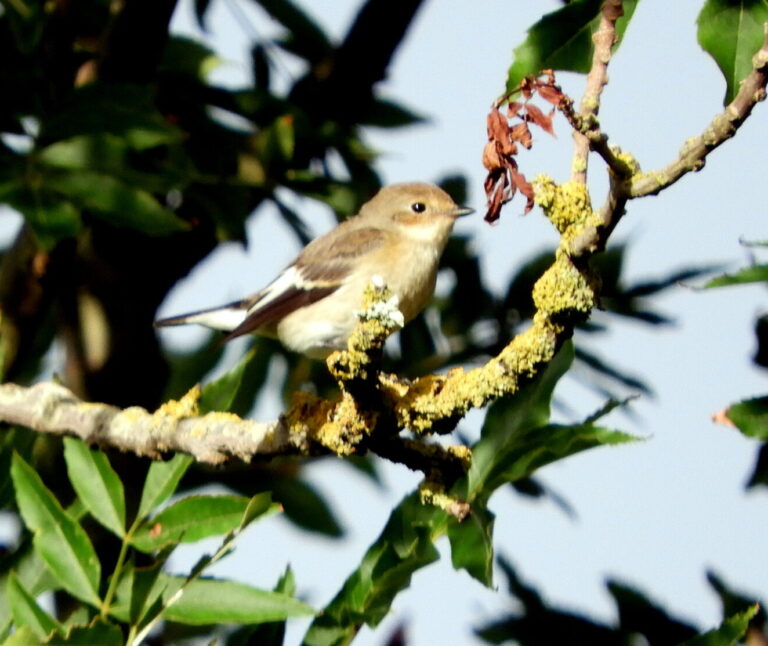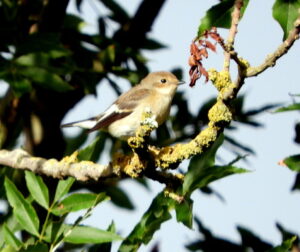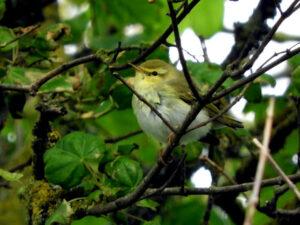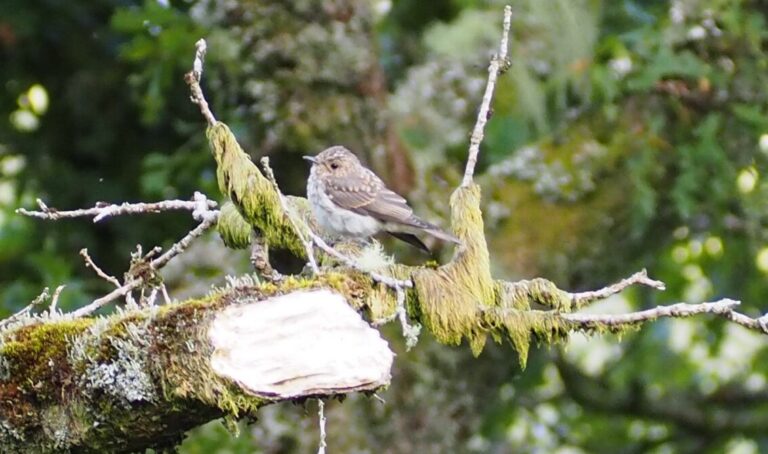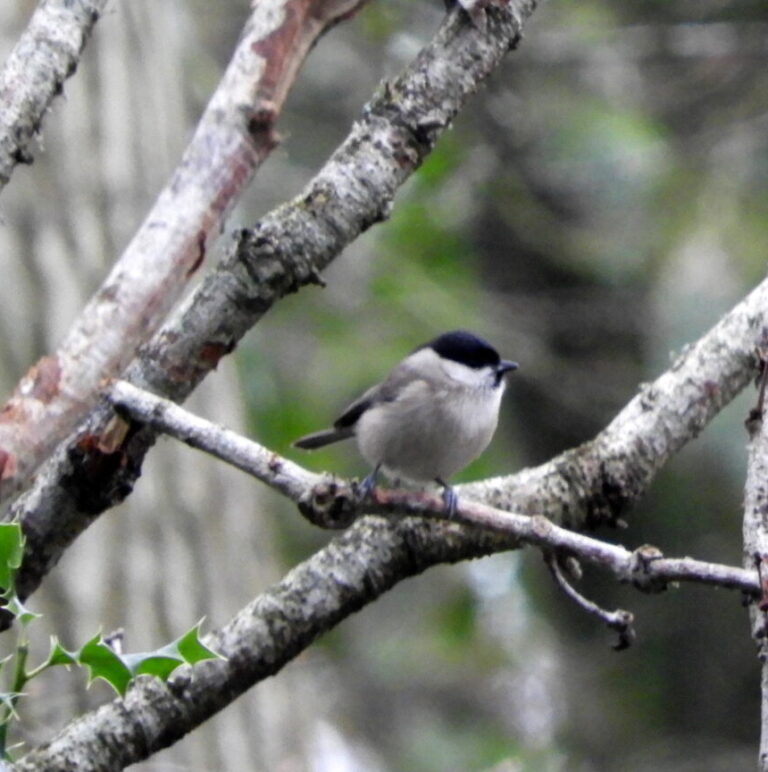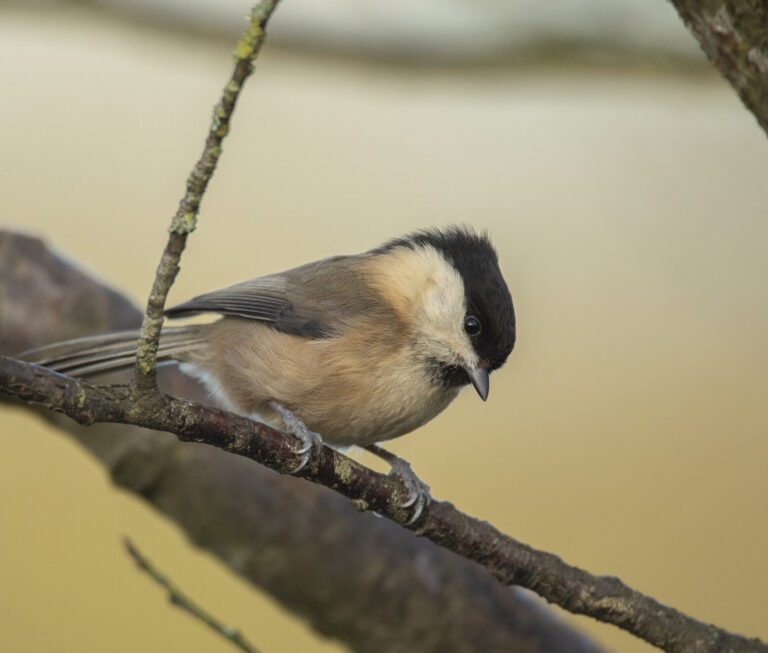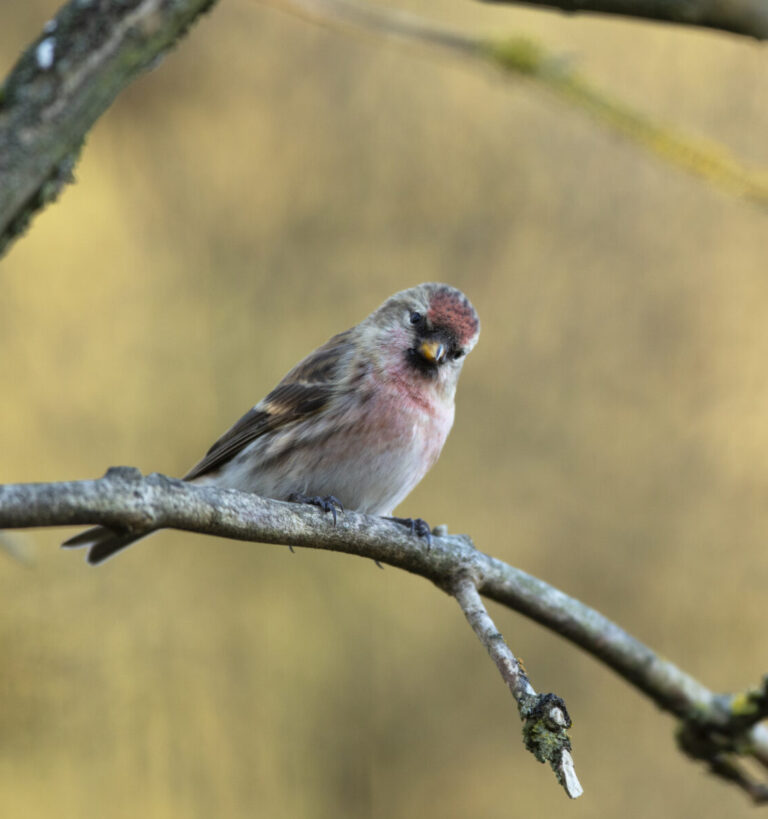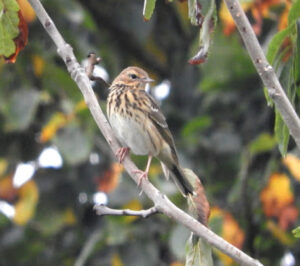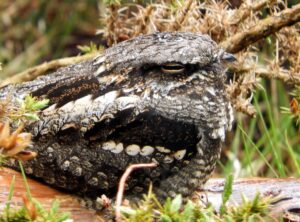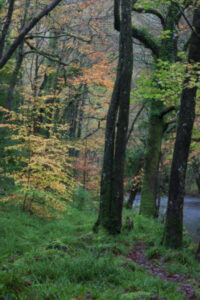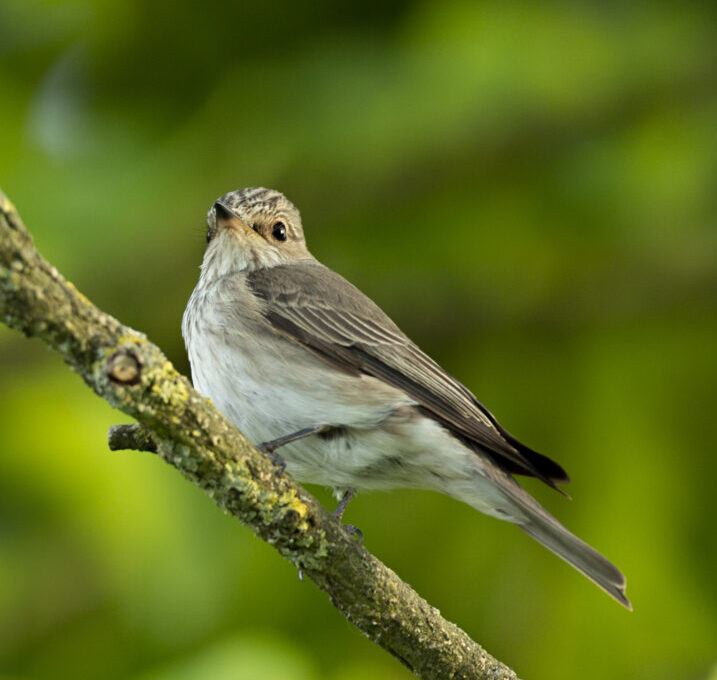Devon supports a wide range of woody habitats, from ancient upland oak woods to wet woodlands, parkland and wood pastures, orchards, parks and gardens. They all provide food (especially seeds and insects), shelter and nesting sites for birds.
Many species such as blackcap, great spotted woodpecker, nuthatch and tree creeper are still common and widespread across Devon. However, other bird species such as lesser spotted woodpecker, willow tit, pied flycatcher and wood warbler have seen particularly severe declines in the last few decades. Although not all reasons are well understood, one key reason is thought to be lack of woodland management. This has reduced the structural diversity of woodlands which in turn has reduced the habitat for insects. For migratory species there may also be links to wintering habitats or migration routes, although evidence for this is limited.
12 woodland species including mistle thrush, tawny owl and redstart are listed as Devon Species of Conservation Concern. Seven of these are listed as Devon Special SpeciesDevon Species of Conservation Concern which have been 'shortlisted' as needing particular action or attention (rather than being iconic species). More in need of particular action or attention and these are discussed below.

